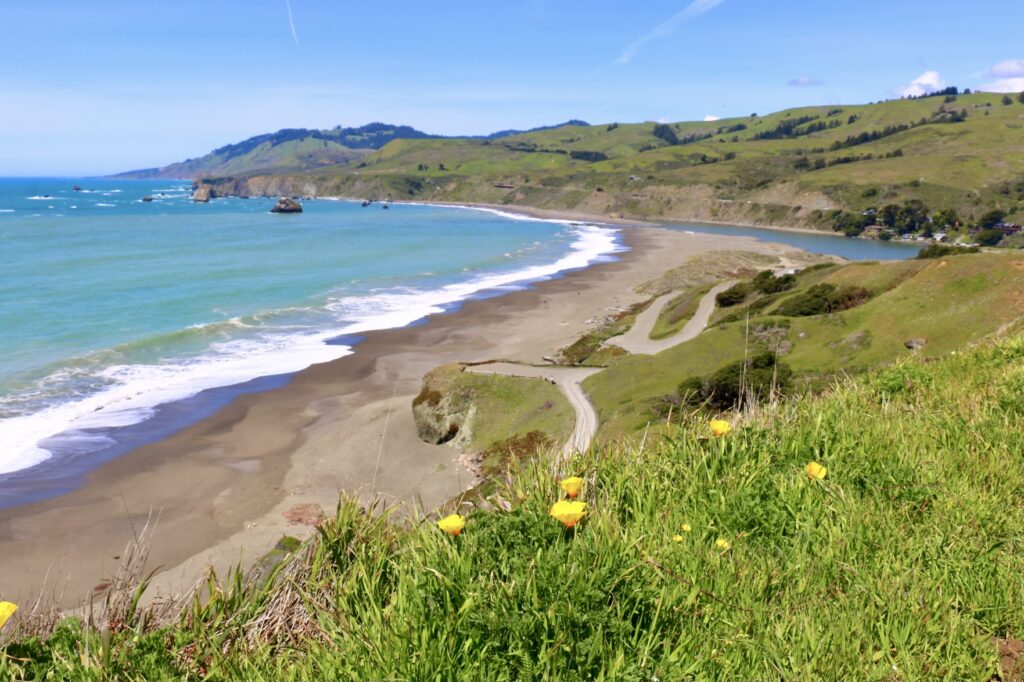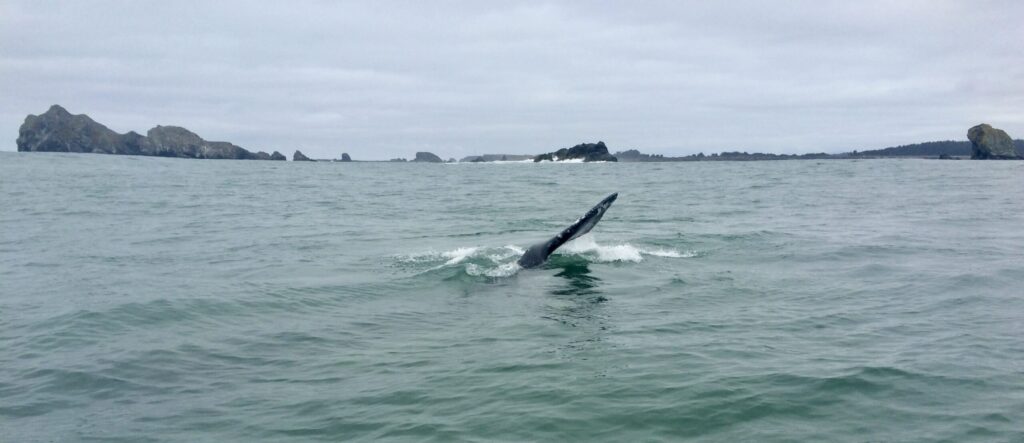California Biodiversity Day 2021 – Get Involved!
As a state, California boasts both the highest number of species total and the highest number of species that occur nowhere else. Our state’s animal and plant life is so varied that we’ve been named as one of 36 Global Biodiversity Hotspots by Conservation International. For California Biodiversity Day on Tuesday, Sept. 7, we’re turning our attention to what climate change means for ocean wildlife – and what we’re doing to protect the habitat those creatures rely on. (See the full line-up of California Biodiversity Day events here.)
Plenty of iconic ocean creatures can be seen from California’s shores including harbor seals, sea otters, elephant seals, sea lions, dolphins, porpoises, sea turtles and whales. Our tide pools feature anemones, urchins, nudibranchs, limpets, mussels, crabs and many more animals uniquely suited to living in these constantly changing homes. Cormorants, osprey, sandpipers, godwits and pelicans are only some of the hundreds of species of coastal birds diving, soaring and nesting along our beaches. Dozens of types of flowers and other plants dot long stretches of undeveloped coastline. This all combines to create a fascinating and beautiful 1,100 miles along the Pacific Ocean.

A burrowing owl at Ocean Beach, San Francisco. These diurnal birds are currently a species of special concern in California.
But despite all that is visible to the human eye, we’re only seeing a small piece of the very big picture – hundreds more marine species exist underneath the ocean’s surface. Like life everywhere, both the seen and unseen ocean animals face suffering, loss and extinction if climate change continues unabated.
According to the Scripps Institution of Oceanography, California has recently “experienced unprecedented events along its coasts including a historic marine heat wave, record harmful algal blooms, fisheries closures, and a significant loss of northern kelp forests. These events increase concern that coastal and marine ecosystems are being transformed, degraded, or lost due to climate change impacts, particularly sea-level rise, ocean acidification, and warming.”
The California Natural Resources Agency (CRNA) and Ocean Protection Council (OPC) are committed to safeguarding biodiversity of our coastal and underwater biodiversity:
- The state’s unique and globally significant network of 124 MPAs have been designed to enhance biodiversity and fisheries sustainability by protecting marine life and habitats in 16 percent of the state’s offshore waters;
- The state has expressed commitment toward projects designed to conserve, protect and restore marine wildlife and promote healthy ocean and coastal ecosystems, including kelp forest habitat;
- OPC recognizes that plastic pollution, harmful algal blooms, nutrient runoff, chemical pollutants, and marine invasive species harm ecosystems and species, and acts to prevent these contaminants from entering the ocean;
- California has committed to protecting at least 30 percent of our coastal waters by 2030;
- OPC has provided $8M in Prop. 68 grants to organizations and agencies working on coastal resilience (See our miniseries on the projects on our YouTube channel!)
Several relevant items will be discussed at OPC’s Tuesday, Sept. 14 meeting, including:
- Update on California’s Marine Protected Areas (MPA) Management Program and Planning for the 2022 Adaptive Management Review of the MPA Network;
- Consideration of Authorization to Disburse Funds for MPA Long-Term Monitoring: California Collaborative Fisheries Research Program; and,
- Informational Item: Development of Microplastics Strategy to Address Coastal and Ocean Water Quality.
Tune in to learn more!
Ready to take part in California Biodiversity Day? Join the iNaturalist effort to document as many species as possible and/or any of the events taking place all week throughout the state.

Sonoma County is a globally significant hotspot for biodiversity, with its Mediterranean climate supporting an array of ecosystems and species. Redwood forests, coastal prairies, oak savannas, rivers, estuaries, and beaches provide habitat and refuge for birds, mammals, amphibians, insects and more.


